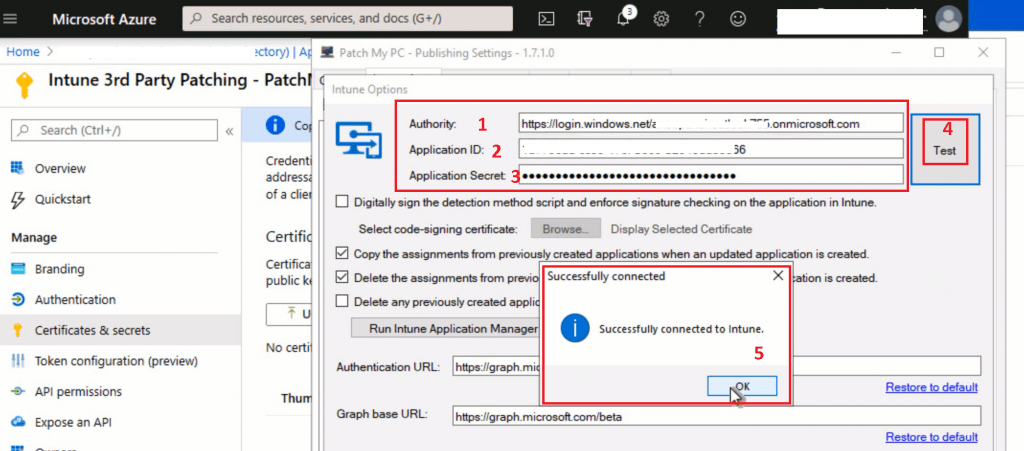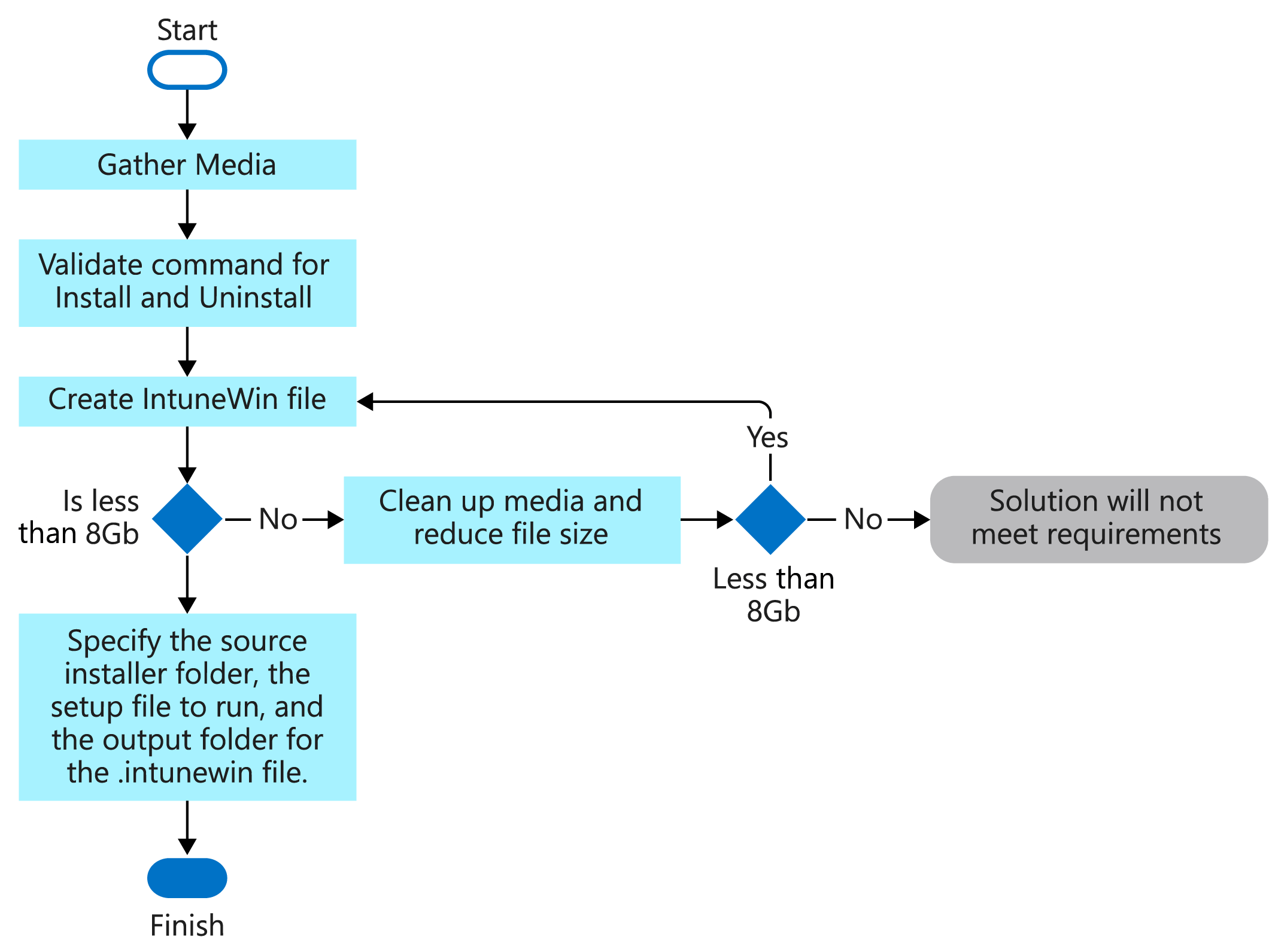

To deploy 7-Zip using Winget, we need a command to run: winget install -e -id 7zip.7zip -silent Let’s use 7-Zip as an example for all of these, it’s one of the first apps I usually install on any new machine. Winget without any Intune integration, the only deployment method is via Powershell (to find the commands, n is a good choice).

Ease of App DeploymentĪrguably the most important part, how easy is it to deploy applications? Winget Scappman is a cloud based solution which integrates directly into Intune to deploy applications. Patch My PC is a Windows PC/Server application which then links in to either Intune or SCCM (or both) to deploy both applications and updates. Whilst it’s a Microsoft application, it is open source and available on GitHubĬhocolatey is another command line tool with a large community backing it with the latest packages and can be integrated into SCCM or Intune using Powershell. It is now built in to the latest versions of Windows 11 and Intune integration is due soon. Windows Package Manager (Winget) is a command line tool very similar to those Linux users will be familiar with. Let’s start with a quick look at the contenders:

I will be looking at the ease of deployment, updating, cost, application catalogue, the user experience and any required infrastructure. Packaging, deploying and updating applications can be hugely time consuming, especially when trying to keep on top of the latest zero-day exploit in your apps (I’m looking at you Chrome!)įortunately there are now a handful of package managers available to take away this pain, especially useful when you have multiple customers with largely the same app estate.įor this post I’m going to be looking at what I think are the main 4 contenders: Windows Packager Manager (Winget), Chocolatey, Patch My PC and Scappman.


 0 kommentar(er)
0 kommentar(er)
